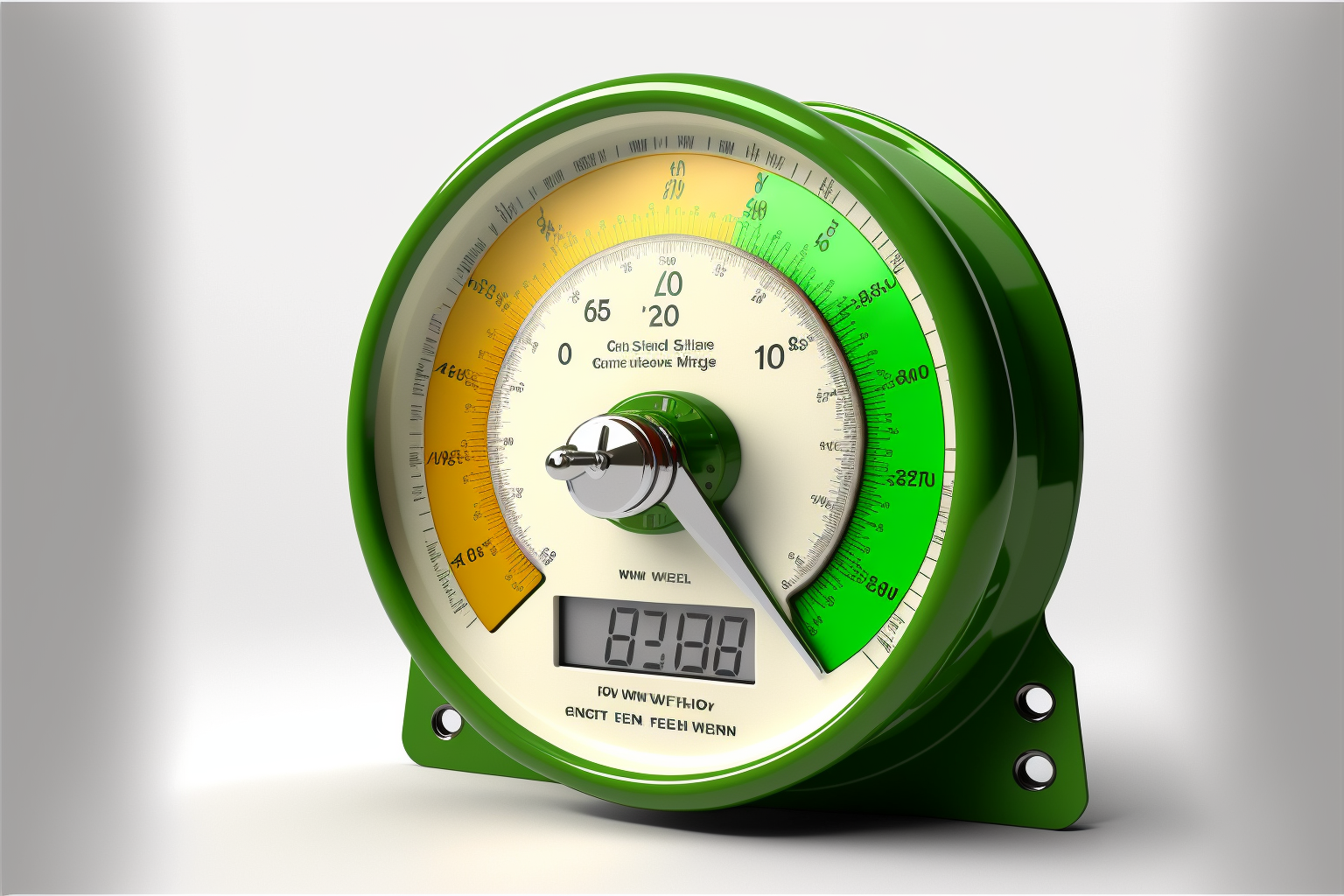Dynamic load
In our country, electricity comes from the socket. But how does it get to the socket and what does it cost?

Even with a well-dimensioned power plant and a good dose of smarthome, only one person can influence your consumption behavior: you yourself. If you have to start the washer and dryer at 2am because it occurred to you while you were sleeping that otherwise the kids wouldn't have clean laundry in the morning - so be it.
But you pay for this possibility with the necessity of a bigger (=more expensive) electricity storage. And it's doubly bitter if the sun was blazing on the previous day and you might have had to leave energy lying around - instead of starting the washer and dryer, for example.
It is clear what we are getting at: Appliances should run when energy is generated. Consumption should be reduced when energy is not being generated. This is also a part of good system planning: how well am I able to match my demand to supply.
Maybe you see this as a loss of comfort, or maybe you are happy that you can easily "offset" 10kWh of battery capacity with your behavior - that is individual. The fact is that flexible behavior saves cash.
You can, of course, spend more money and put it in a larger storage unit (we'll be happy to sell you that), but the electricity cost for a kWh directly from the roof is about 8ct. The electricity cost for a magically (= free) generated kWh from the battery is 20ct. The electricity cost for solar power that you have first charged from the roof into the battery is therefore 28ct. So according to Adam Riese you save 20ct for every kWh you use directly instead of going the detour via the battery.

